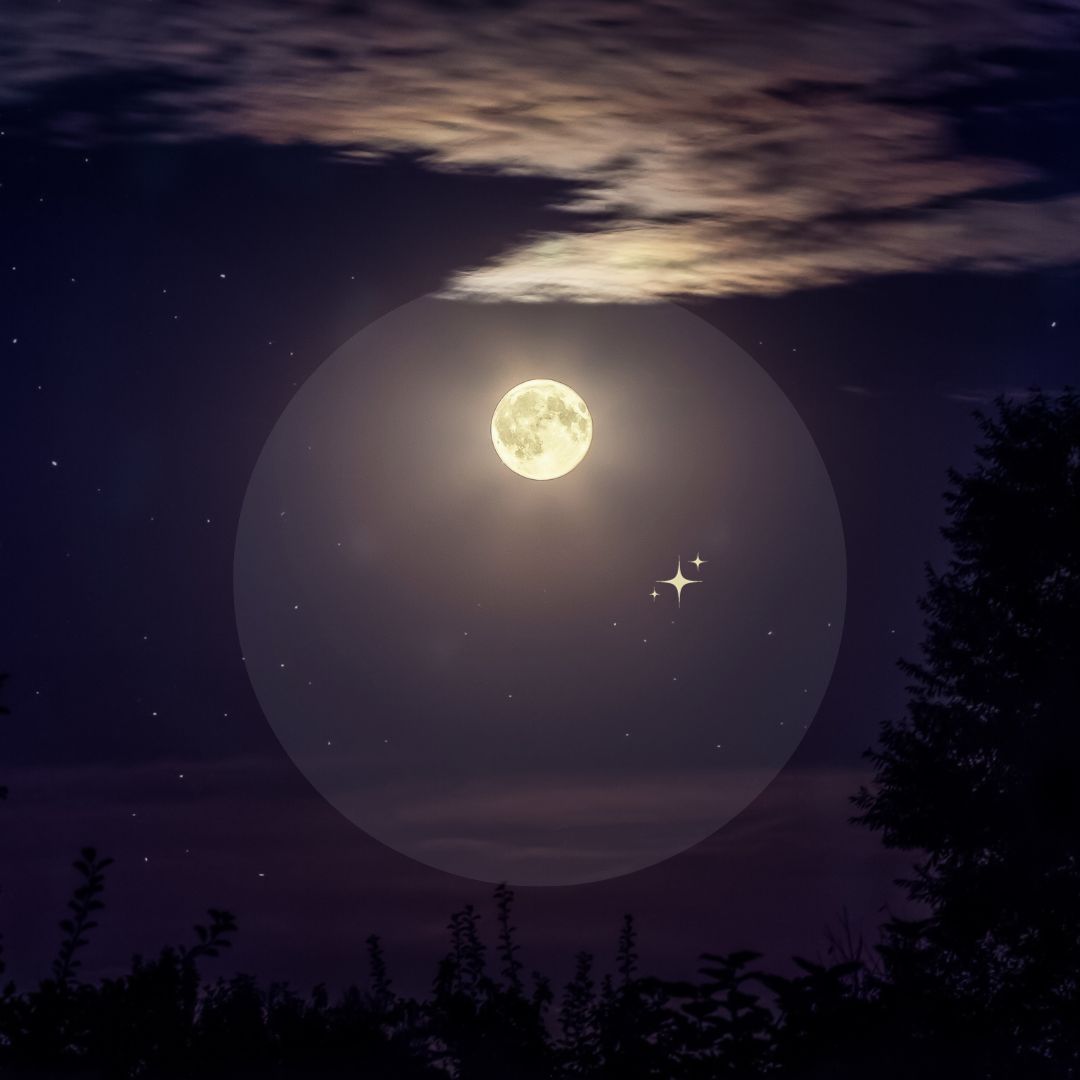Keeping a healthy balance is the key to life. But, an occasional extreme is preferred in order to truly sustain such a balance over time. This adage also applies to the Earth’s predominant geological conditions. As a result, there are two equinoxes, or roughly equal days and nights around the globe: the Spring Equinox in March and the Fall Equinox in September. The other is the Winter Solstice in late December, when the sun shines for the shortest hours in the Northern Hemisphere and is known as the Shortest Day of the Year. The Summer Solstice occurs in June, marking the beginning of the longest day in the Northern Hemisphere.
Astrological relationship
The conviction that the planets and stars have an impact on Earthly events is the true basis for astrology. Astrologically speaking, Saturn may be to blame for your poor day today. Astrologers think that the motion of the planets and stars has an impact on us. They may not, however, think that there is much that people can do about it. The pragmatic astrologers only advise folks to relax. Miller might advise people not to start extensive excursions, make hasty decisions, or spend a lot of money at the year’s solstice.
The winter solstice procedure
Every year, between December 20 and December 23, the Northern Hemisphere experiences the winter solstice, which is the shortest day of the year with the least amount of daylight and the longest night. Coordinated Universal Time (UTC), which is the basis for the date, is practically equal to Greenwich Mean Time (GMT), which is the time that the United Kingdom observes throughout the winter months when it is not on summer time. While the winter solstice may fall on the same day and at the same time everywhere in the world, local time and dates vary depending on the year and time zone. It may fall on the day before for areas farther west or ahead of UTC, and on the day after for locations farther east or behind UTC.
The Value of Winter Solstice and Shortest Day
The Sun typically appears to stand motionless near the Tropic of Capricorn, the southernmost point of the equator, on the Winter Solstice before gradually starting to move northward once more. The Winter Solstice, which occurs in late December, is when the year’s shortest day occurs. Astrologically speaking, it usually starts at the beginning of a Cardinal sign, such as Capricorn. From a spiritual perspective, the Winter Solstice is a celebration of life’s rebirth in all its manifestations. From this point on, the Sun shines brighter and the days get longer. As such, it represents positivity, hope, and faith. Consequently, the Winter Solstice, or the shortest day, has a significant astrological impact on people’s lives.
origin geographical
The latitude determines the precise date of the earliest sunset. Every year, it appears in early December in a latitude in the middle of the north. In northern temperate latitudes further north, mid-December is when the year’s earliest sunset occurs. An early sunset and the December solstice coincide on or around the same day while living close to the Arctic Circle. On the solstice, the latest sunrise might not occur either. Early January is when the latest sunrises occur from mid-northern latitudes. The order doesn’t change, even though the dates can be off. The shortest day on the solstice, around December 21, is the earliest sunset, and the latest sunrise, around January 1.
commemoration of the year’s shortest day
In Norse, Celtic, Welsh, and Icelandic civilizations, as well as for First Nation peoples in contemporary Canada, the winter solstice was not a depressing occasion to celebrate. Spring has returned, officially beginning on the shortest day of the year. The days get longer and the weather gets more pleasant before the solstice.
